4 brilliant marketing skills to achieve success in 2021
Looking to achieve success in 2021 as a marketer? Check these 4 brilliant marketing skills!
1. Automation skills
Automation is the elimination of all manual labour through the use of automatic controls that ensure accuracy and quality and was first coined in the 1940s at the Ford Motor Company. Automation ushered in the industrial revolution by producing goods at scale faster and better than the traditional man-powered system.
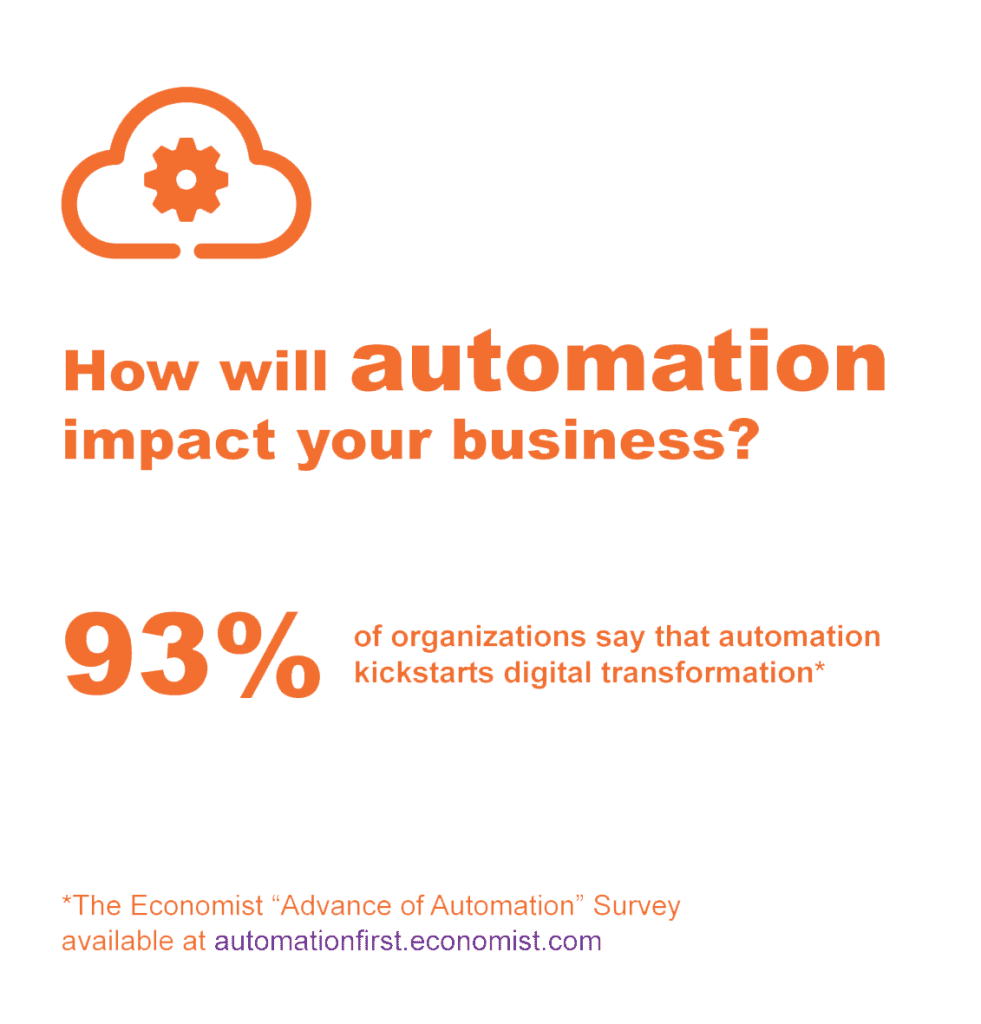
Business-wise, automation supports the organization’s efforts of streamlining its operations and processes thus freeing the employees from doing time-consuming tasks and allowing them to tackle creative tasks where they can add real value.
Learn more about business automation in 4 technologies every business should use to achieve its goals effectively in 2021.
In October 2020, leading Robotic Process Automation software (or RPA) UiPath’s survey on automation skills found that 70% of senior executives want non-technical employees to have automation and AI skills.
They also believe that employees with automation and AI skills will benefit from increased career advancement opportunities.
We are living in a digital world so it stands to reason that marketers should make the most of any digital tools that could help them achieve their goals.
What marketers are looking for is the next big idea that will increase market share, brand awareness and generate sales. Time is of the essence in any business, but in marketing, this is abundantly true. So automating time-consuming tasks whenever possible helps marketers become more efficiently and accurately.
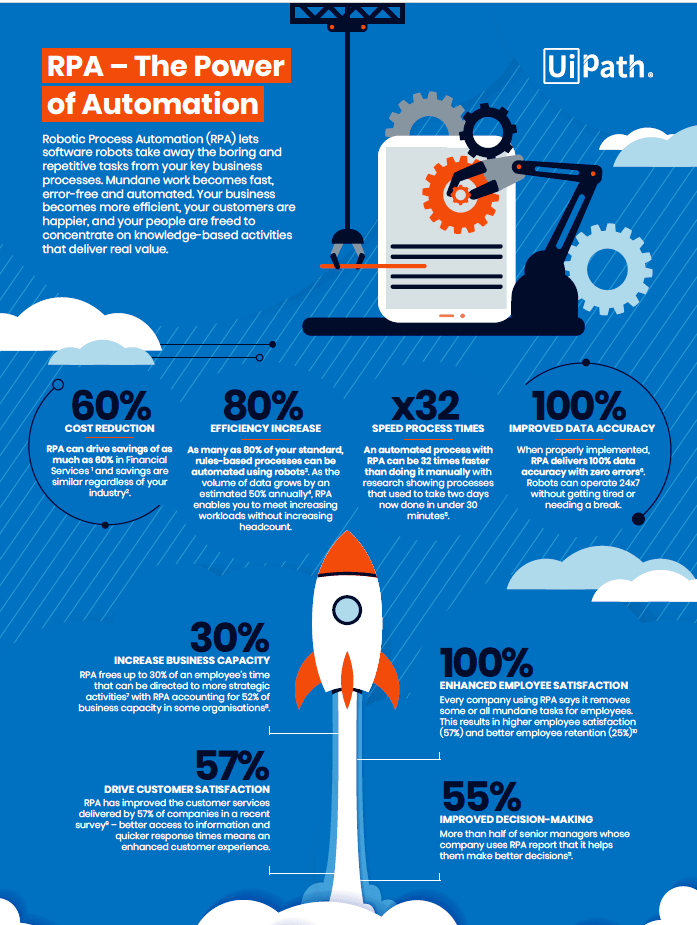
Infographic source: uipath.com
Here are some of the tasks you can assign to a software robot aka automate:
- Data integration with Excel automation for financial analysis;
- Data manipulation;
- Screen scraping;
- Create automation for single activities, desktop applications, multiple actions, web apps, and virtualized environments;
- PDF data extraction;
- Email automation.
Do you need any programming skills to automate tasks?
No.
RPA doesn’t require any programming skills to get started.
That’s great news but how come, you might ask?
The RPA software records tasks as they are being worked on by you and then replay these recorded tasks and voila!
Your mini-digital-you is doing them faster and better so you can focus on more important tasks.
To learn more about automation or begin upskilling, check out UiPath Academy’s free RPA training.
2. Trendwatching skills
BRAND MINDS 2020 speaker Gary Vaynerchuk started the Wine Library TV four months after YouTube launched in 2005. He was the first entrepreneur to build video content for a brick-and-mortar business.
Fifteen years later, Gary is now a digital expert and media icon with a combined 16-million followership. Having foreseen the video content trend taking off definitely helped him.
Watching the trends is a skill every marketer should start developing today. Not every brand can be a trendsetter, but every brand should watch the trends taking off or slowing down.
When marketers pair this kind of insight with creativity and a marketing goal, it’s a boost to the brand’s competitive advantage. And that could potentially be what separates one brand from its competition.
Here are 3 trend watching tools that you should explore:

Trendwatching is one of the world’s leading consumer trend firms since 2002. It is purpose-built to guide, inspire and empower business professionals. The company relies on its proprietary Purpose-Driven Innovation (PDI) methodology, a core analytical framework that turns trends into meaningful business opportunities.

Glimpse identifies growing trends by analyzing hundreds of millions of consumer behaviour signals from across the web, including products, companies and industries. Did you know that Chessable, a platform teaching players about different chess openings, endgames, and tactics has seen an increase in online popularity? It’s partly due to Netflix’s release of The Queen’s Gambit, which prompted the searches and online discussion of chess to double.

Trend Hunter boasts a monthly viewership of 20 million and identifies as a trend community. The company leverages big data, human researchers and AI to identify consumer insights and deep dive opportunities for the world’s most innovative companies. Among standard trends categories such as products, brands, topics or people, Trend Hunter also includes ideas as part of its offer.
3. Growth marketing skills
What is growth marketing?
Let’s look at three definitions of growth marketing I curated from different sources. Observe the bolded words.
The first definition says growth marketing is defined as the strategies, tactics and techniques used to focus on growing a business, product or service. Unlike regular marketing activities, the emphasis and activities focus on accelerating growth. (source)
The second definition says growth marketing is a process of rapid experimentation across marketing channels and product development to identify the most efficient ways to grow a business. (source)
The third definition of growth marketing goes as follows: Growth marketing is an approach to attracting, engaging, and retaining customers that’s focused on relentless experimentation and an intense focus on the unique, changing motives and preferences of your customers (source).
As you can see, there is no single accepted definition of growth marketing but some parts do overlap. The bolded words in each definition are my way of helping you see where that definition directs its focus.
So what’s growth marketing?
The first says it’s about strategies, techniques and tactics, which is an outward overview. The second talks about a process of rapid experimentation (speed) and includes product development which is an interesting approach. The third looks inward and makes the customers its focal point. It also includes experimentation, but this time it’s not about speed, but endurance over a long period. Think Sir Mo Farah, the marathon runner instead of Usain Bolt, the fastest man in the world.
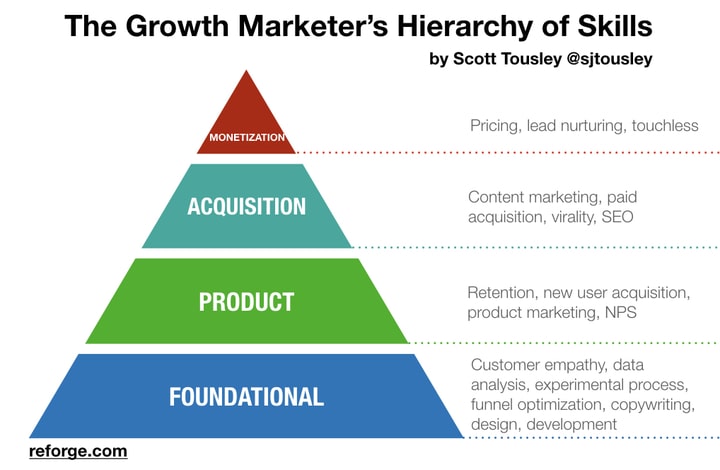
Seeing that growth marketing has so many definitions, what is the role of a growth marketer?
Also, don’t confuse growth marketer with growth hacker. According to Sean Ellis, the original growth hacker, a growth hacker is “the unique hybrid between a coder and a marketer”, thinking of growth first, budget second. He takes advantage of systems based on loops and goes deeper into the customer funnel.
Today’s fast-moving digital business environment requires marketers to turn into T-shaped marketers.
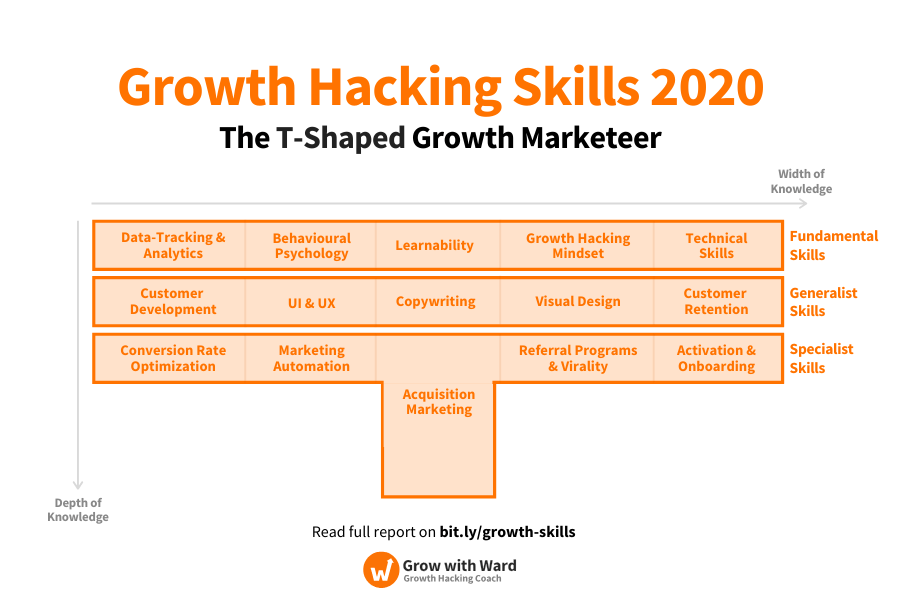
Fundamental growth marketing skills:
- Data-tracking & analytics
- Behaviour psychology
- Learnability (the desire and ability to grow quickly and adjust one’s skillset)
- Growth-hacking mindset
- Technical skills
Generalist skills:
- Customer development
- UX & UI development
- Copywriting
- Visual design
- Customer retention
Specialist skills:
- Conversion rate optimization
- Marketing automation
- Acquisition marketing
- Referral programs & virality
- Activation & onboarding
4. Stay informed
Successful marketers know what’s going on in the industry.
They follow the trends and the numbers, but, more importantly, they follow the people.
And I’m not talking about big celebrities, although every marketer should be aware of their power to influence communities and consequently their customers (there’s always a lesson to learn here).

What I’m talking about is connecting with industry experts in various verticals on LinkedIn or other social media platforms.
From experienced sales professionals to UX designers, video content creators to business analysts, consumer behaviour specialists to performance marketers – they are valuable resources for any marketer looking to succeed today.
Follow them and you will always stay updated with the latest trends in marketing in particular and business in general.
Also, you will know what other brands do well or not so well. Why Quibi, the USD 2 billion-startup founded by one of the most powerful producers in Hollywood, led by an experienced CEO and slated for success, crashed and burned in just six months after its launch? There are definitely two lessons to be learned here: one is related to leadership, the second is related to marketing.
Use LinkedIn to achieve your professional goals. Connect with or follow industry experts or peers that share valuable insights. If you don’t know where to begin, check out LinkedIn’s Top Voices 2020 list.
Join the Conversation
We’d love to hear what you have to say.
Get in touch with us on our LinkedIn Page, Facebook Page, Twitter or TikTok.
Worldwide technology trends in 2017
The technology is advancing nowadays even faster than the speed of light. Its advances and upgrades can seem overwhelming, thankfully though we have the specialists to help us understand where we are heading and how to handle it. The Deloitte’s 2017 report outlines how companies presently must sift through the promotional noise and hyperbole surrounding emerging technologies to find those solutions offering real potential. To realize that potential, they should become ‘kinetic’ organizations—companies with the dexterity and vision required to thrive amid ongoing technology-fueled disruption.
While the report identifies key trends that will likely revolutionize enterprise technology in the next 18-24 months, the exponentials chapter looks even farther into the future, describing four key areas that blend science and applied technologies.
The 2017 trends identified by Deloitte, digitaltrends.com, Forbes and Gartner are as follows:
IT unbounded—The boundaries surrounding IT are fading as technology becomes integral to almost every business function and relationship.
IoT and Smart Home Tech
A multitude of wireless technologies now exist to serve your smart home needs — Zigbee, Z-Wave, Bluetooth, Wi-Fi, and more. And there’s more smart home platforms to consider than ever before too — Wink, SmartThings, Iris by Lowe’s, even systems from security providers like ADT and big brands like Comcast. While centralization in theory should make things easier, it’s made it worse.
The AI world will have a head-on collision with the Internet of Things in 2017, too, Gartner predicts. IoT is where everyday items get chips or sensors, and apps, and join the internet — from your car to your toothbrush. It makes total sense that the apps that control IoT devices will also make use of machine learning.
In 2017, watch for devices to start to communicate and help each other make decisions. “As intelligent things, such as drones, autonomous vehicles and smart appliances, permeate the environment, Gartner anticipates a shift from stand-alone intelligent things to a collaborative intelligent things model,” Gartner says. Gartner estimates that six billion connected “things” will be actively requesting support from AI platforms by 2018.
The total IoT market is estimated to grow from $157.05 billion in 2016 to $661.74 billion by 2021, predicts Markets and Markets.
Artificial Intelligence and Automation
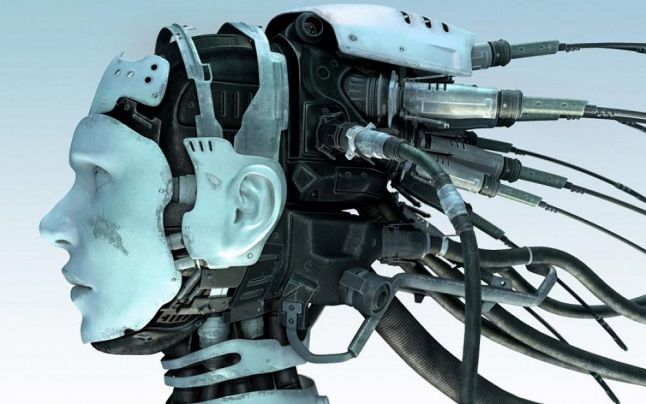
AI and chatbots that understand context a whole lot better than ever before. More and more jobs will also be automated, we’ll also see smart devices gain from increased automation, learning your patterns and preferences without you needing to tell them and making better and more accurate suggestions and recommendations.
Research firm Markets and Markets estimates that the AI market will grow from $420 million in 2014 to $5.05 billion by 2020.
Artificial Reality and Virtual Reality
According to Gartner, virtual reality (VR) and augmented reality (AR) transform the way individuals interact with each other and with software systems creating an immersive environment. For example, VR can be used for training scenarios and remote experiences. AR, which enables a blending of the real and virtual worlds, means businesses can overlay graphics onto real-world objects, such as hidden wires on the image of a wall. Immersive experiences with AR and VR are reaching tipping points in terms of price and capability but will not replace other interface models. Over time AR and VR expand beyond visual immersion to include all human senses. Enterprises should look for targeted applications of VR and AR through 2020.
As forbes.com points out we’ve already seen some major steps forward for augmented reality (AR) and virtual reality (VR) technology in 2016. Oculus Rift was released, to positive reception, and thousands of VR apps and games followed. We also saw Pokémon Go, an AR game, explode with over 100 million downloads. The market is ready for AR and VR, and we’ve already got some early-stage devices and tech for these applications, but 2017 it’s going to be the year we see things really take off. Once they do, you’ll need to be ready for AR and VR versions of practically everything—and ample marketing opportunities to follow.
“Look for navigation services to get even more specific — maps in a store’s app, for example, to direct you to a specific aisle to find exactly what you’re looking for. So called “augmented reality,” where virtual objects and information are displayed on top of the physical world, will make its way to our phones. Search engines are already expanding on image search, allowing you to point your camera at something and search for information based on what the lens takes in,” said Ed Oswald for digitaltrends.com.
IDC predicts that worldwide revenues for the augmented reality and virtual reality (AR/VR) market will grow from $5.2 billion in 2016 to more than $162 billion in 2020.
Advances in computer vision and pattern recognition allow companies to unlock insights from unstructured data that until now, have been lost in the dark.
Machine intelligence is helping companies make better decisions, embed complex analytics into customer and employee interactions, and—with adoption of bots and robotic process automation—automate increasingly difficult tasks.
“Throughout 2017, I expect to see machine learning updates emerge across the board, entering almost any type of consumer application you can think of, from offering better recommended products based on prior purchase history to gradually improving the user experience of an analytics app. It won’t be long before machine learning becomes a kind of “new normal,” with people expecting this type of artificial intelligence as a component of every form of technology,” predicts Jayson DeMers for Forbes.
Mixed reality (Physical-Digital Integrations)
Companies are exploring more immersive and engaging ways to combine the physical world and digital systems, creating a new, mixed reality that’s more natural, intuitive and intelligent.
Mobile devices have been slowly adding technology into our daily lives. It’s rare to see anyone without a smartphone at any given time, giving us access to practically infinite information in the real-world. We already have things like site-to-store purchasing, enabling online customers to buy and pick up products in a physical retail location, but the next level will be even further integrations between physical and digital realities. Online brands like Amazon will start having more physical products, like Dash Buttons, and physical brands like Walmart will start having more digital features, like store maps and product trials.
Open standards, cloud-first designs and loosely coupled architectures are the norm in start-ups. Now, large enterprises have similar ambitions.
Traditional business products are being reimagined as services as organizations modernize core systems and the technology stack.
Digital Twin
According to Gartner, within three to five years, billions of things will be represented by digital twins, a dynamic software model of a physical thing or system. Using physics data on how the components of a thing operate and respond to the environment as well as data provided by sensors in the physical world, a digital twin can be used to analyze and simulate real world conditions, responds to changes, improve operations and add value. Digital twins function as proxies for the combination of skilled individuals (e.g., technicians) and traditional monitoring devices and controls (e.g., pressure gauges). Their proliferation will require a cultural change, as those who understand the maintenance of real-world things collaborate with data scientists and IT professionals. Digital twins of physical assets combined with digital representations of facilities and environments as well as people, businesses and processes will enable an increasingly detailed digital representation of the real world for simulation, analysis and control.

source: Blockchain Technologies
Blockchain, a way of distributing a database across many far-flung computers, is emerging as the mainstay for digital identities in the emerging trust economy.
Exponentials watch list – Advances in disruption forces like synthetic biology, energy storage, quantum computing, and nanotech could exponentially transform the way we do business. Remember the big Bitcoin phenom of 2015? It turns out that the coins themselves could be far less valuable than the underlying technology, called blockchain, that created them.
Consortiums have sprouted up to create new blockchain apps for the financial industry, for health care, and so on.
Market Reports Hub believes the global blockchain technology market will grow from $210.2 million in 2016 to $2.3 billion by 2021.
Advances in disruption forces like synthetic biology, energy storage, quantum computing, and nanotech could exponentially transform the way we do business.
Humanized Big Data (visual, empathetic, qualitative)
Big data has been a big topic for the past five years or so, when it started making headlines as a buzzword. According to Forbes, the idea is that mass quantities of gathered data—which we now have access to—can help us in everything from planning better medical treatments to executing better marketing campaigns. But big data’s greatest strength—its quantitative, numerical foundation—is also a weakness. In 2017, I expect we’ll see advancements to humanize big data, seeking more empathetic and qualitative bits of data and projecting it in a more visualized, accessible way.
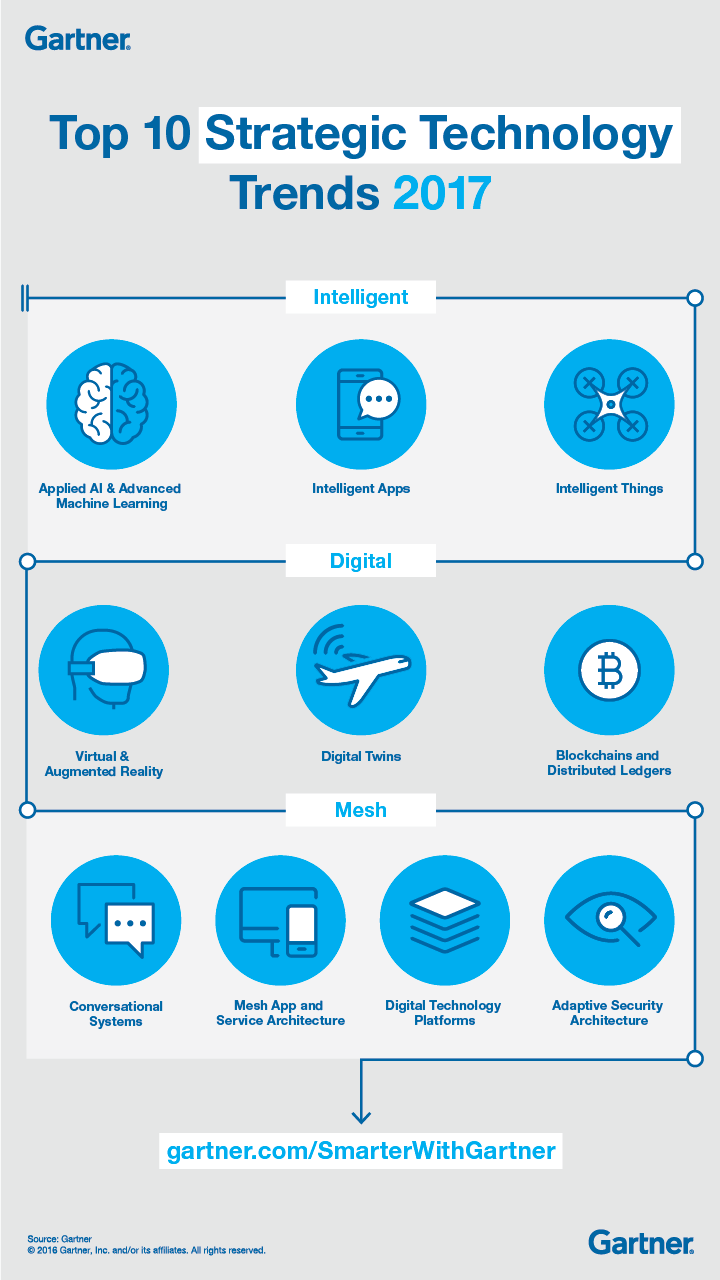
Adaptive Security Architecture
“The evolution of the intelligent digital mesh and digital technology platforms and application architectures means that security has to become fluid and adaptive. Security in the IoT environment is particularly challenging. Security teams need to work with application, solution and enterprise architects to consider security early in the design of applications or IoT solutions. Multilayered security and use of user and entity behavior analytics will become a requirement for virtually every enterprise,” points out Gartner.










